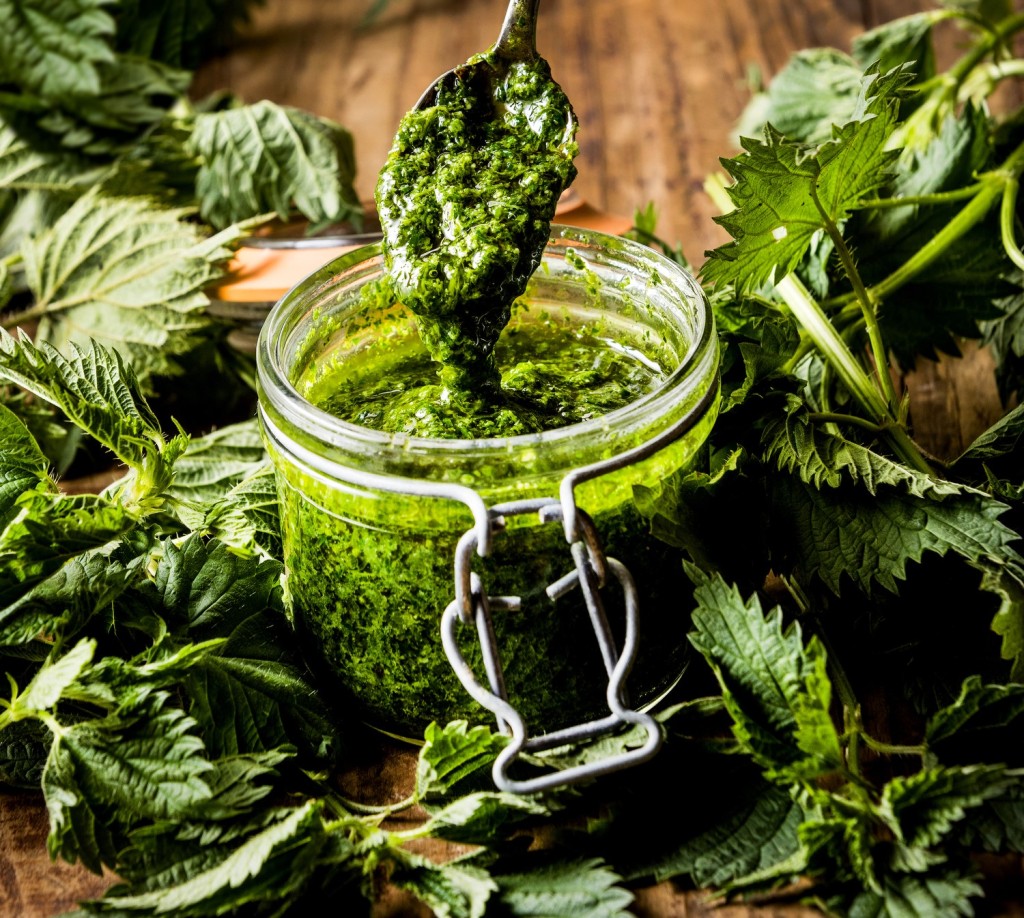I give a tip of the hat here to Euell Gibbons whose 1962 book “Stalking the Wild Asparagus” opened my eyes to wild food. Asparagus has an interesting history. It grew wild along the Nile. It was a delicacy to the Greeks, who introduced it to the Romans. The Romans fell in love with it and sent fleets around the Mediterranean to collect it. It was brought to America by colonists where some escaped from the garden and spread in the wild.
If ever there was a harbinger of spring, it’s asparagus. As the days grow longer and the soil warms, asparagus suddenly springs into life sending up shoots that can grow 6 inches or more a day. At its peak asparagus can grow almost faster than it can be harvested. This vitality has, over the ages, put it high on the list of foods which have special powers to increase potency and sexual vigor!
A member of the lily family (along with onions, garlic and shallots) the plants take three years of growing before they begin to produce edible shoots. The plant is perennial and will continue to produce for up to 20 years.
Size really doesn’t tell you much unfortunately. The conventional wisdom is that thin, pencil size asparagus are more tender than those that are fatter. Truth is that diameter of the stalk isn’t a good guide to its tenderness. Actually, the fatter the spear usually is more tender. The reason: No matter what its size, each spear has a set number of tough fibers that run its length. In a small spear they are crammed together and there is less juicy white flesh between them. With fatter spears the fibers are further apart separated by more tender, sweet flesh.

Leave a comment